Going Home: To a Drowning Landscape
Text by Douglas Robb
The act of retuning to one’s home is a timeless and universal experience that spans diverse cultures, societies, and communities—both human and nonhuman. It is a driving force behind the rhythms of everyday life, from the seasonal migration of people and animals across vast distances, to the familiar patterns of one’s daily commute (at least, before the COVID-19 pandemic forced many of us to remain homebound). Going home can be an uneventful routine or a profound experience, particularly after a long period of separation. Yet, as demonstrated by the unprecedented wildfires and more recent catastrophic flooding in British Columbia, homelands around the world are rapidly being transformed by climate change—and, increasingly, climate change mitigation measures. These transformations beg the question: what happens if it is no longer possible to return home? What if, by some overwhelming force, the place that we once called home is altered beyond recognition? What does this mean for our identity and sense of place in the world?
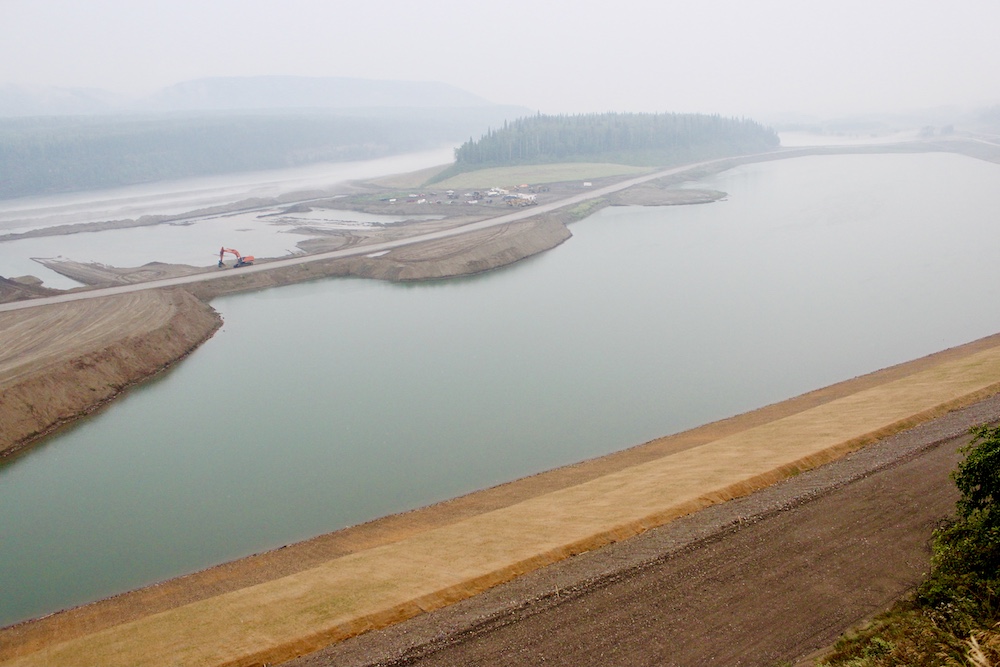
These questions were on my mind during my recent PhD fieldwork along the Peace River in northeastern British Columbia, also known as Saaghii Naachii in the local Dane-zaa language. The headwaters of the Saaghii Naachii/Peace River originate in the eastern slopes of the Rocky Mountains and flow east through subalpine spruce forests, mixed-wood foothills, and boreal grasslands toward the Peace-Athabasca Delta: Canada’s “cold Amazon” and a UNESCO World Heritage Site. This east-west flow is unique amongst Rocky Mountain river systems, producing temperate microclimatic conditions found nowhere else in Canada above the 55th parallel. As a result, the Saaghii Naachii/Peace River has served as a vital artery for plant, animal, and human migration since the last Ice Age. It is a haven of biological and geological diversity, and an important cultural and spiritual landscape for Indigenous peoples. Often considered peripheral by Canada’s predominantly southern population, the Saaghii Naachii/Peace River is a place of unparalleled beauty and biodiversity, home to countless human and nonhuman communities.
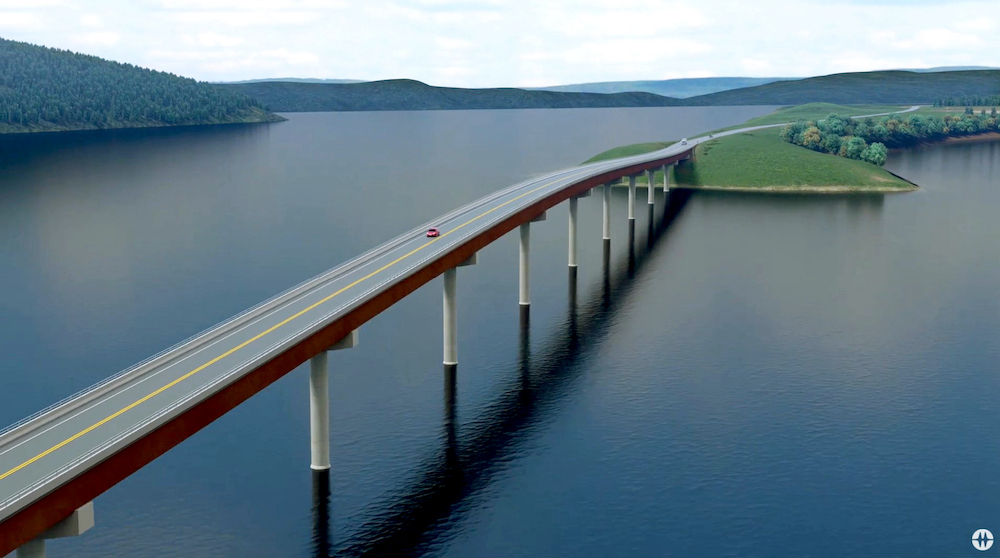
However, this homeland faces great danger. In the late 1960s, construction of the W.A.C. Bennett Dam flooded nearly 200,000 hectares of subalpine forest in the upper reaches of the river. This tremendous act of environmental violence drowned critical wilderness habitat for plant and animal species and displaced the Indigenous peoples who resided along the Saaghii Naachii/Peace River for generations. Over the span of a few short years, these communities found themselves in a world utterly transformed by settler colonial imperatives to “modernize” and “improve” so-called frontier landscapes (as northern British Columbia was deemed as recently as the late 1960s). Little attention was paid to questions of social and environmental impacts; according to Dennis Izony, former Chief of the Tsay Keh Dene First Nations writing for the Vancouver Sun, “inadequate consultation and disrespect for First Nations was not excusable half a century ago; it should be criminal now”.
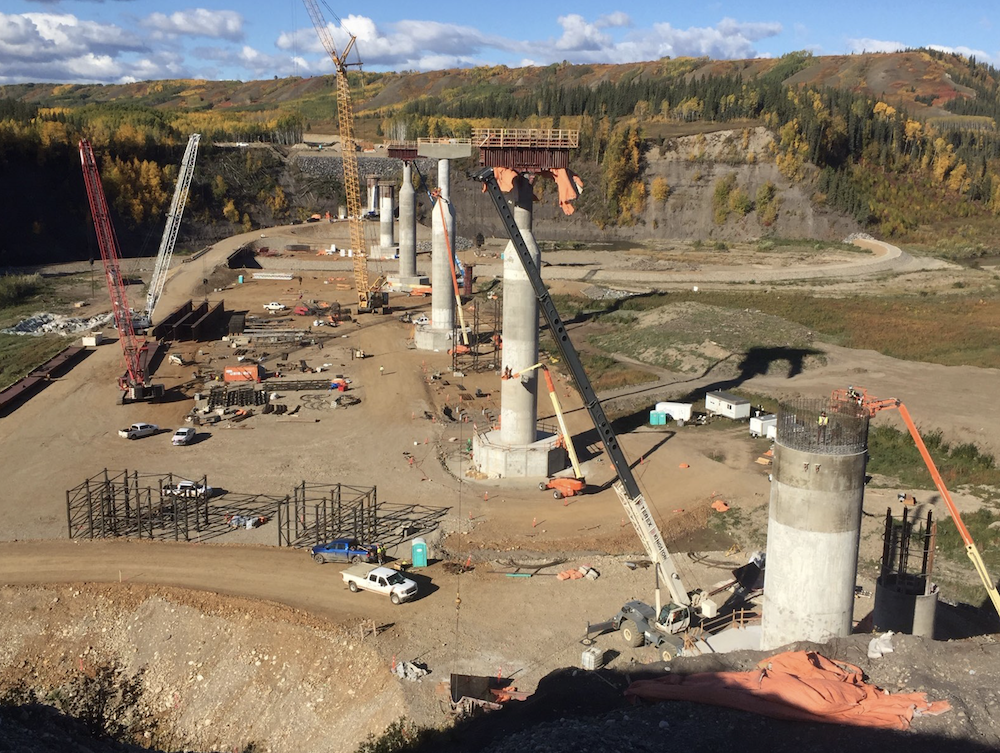
And yet, a similar story is currently unfolding approximately 100 kilometres downstream from the W.A.C. Bennett Dam. In 2015, the government of British Columbia approved the construction of the Site C Dam: Canada’s newest hydropower project and the largest hydroelectric dam currently under construction in North America. Despite decades of opposition and negative international media attention, the project was framed by the provincial government as a necessary part of British Columbia’s low-carbon transition strategy and an important part of Canada’s overall decarbonization agenda (the veracity of these claims has been challenged by Indigenous groups, environmental organizations, academics, and experts formerly engaged in the dam’s approval process). Like the Bennett Dam, Site C will drown hectares of critical wildlife habitat and infringe on Indigenous treaty rights, resulting in an unprecedented number of significant social and environmental impacts—the most of any hydroelectric infrastructure project in Canadian history. Yet, for the time being, it is still possible to visit this landscape, as I did in the summer of 2021.
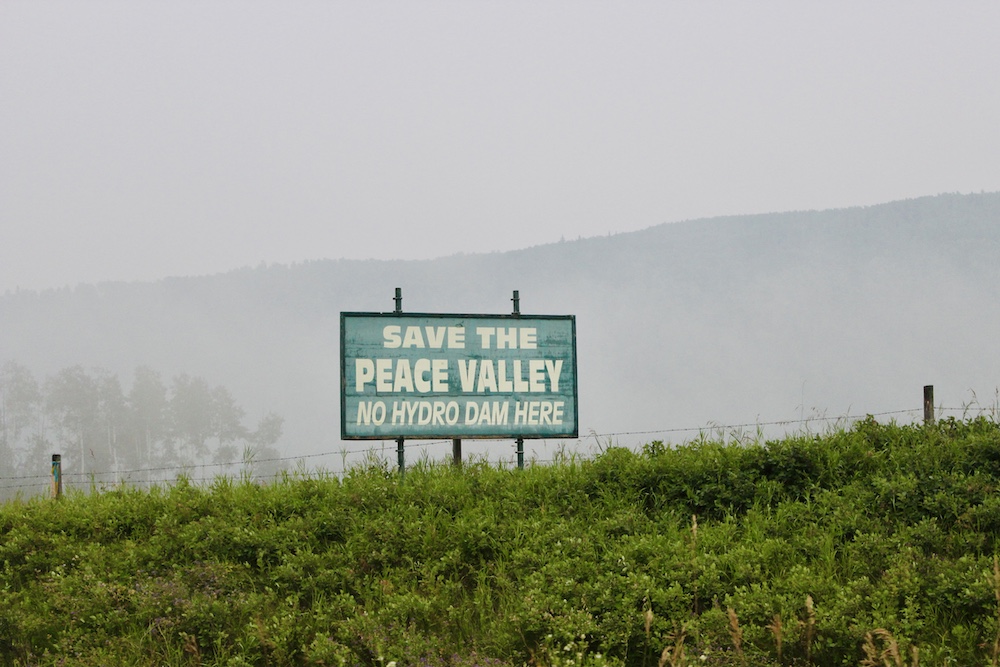
Travelling through the landscape is a sobering experience. As I paddled toward the Site C Dam through a soon-to-be-flooded section of the Saaghii Naachii/Peace River valley, the conceptual and epistemic forms of violence I explore in my dissertation became overwhelmingly real. The air around me was thick with smoke from hundreds of wildfires that burned across British Columbia, stinging my eyes and blurring my vision. Despite being in the middle of a wide river valley, I felt claustrophobic at the thought of all the water in the future reservoir pressing down on me.
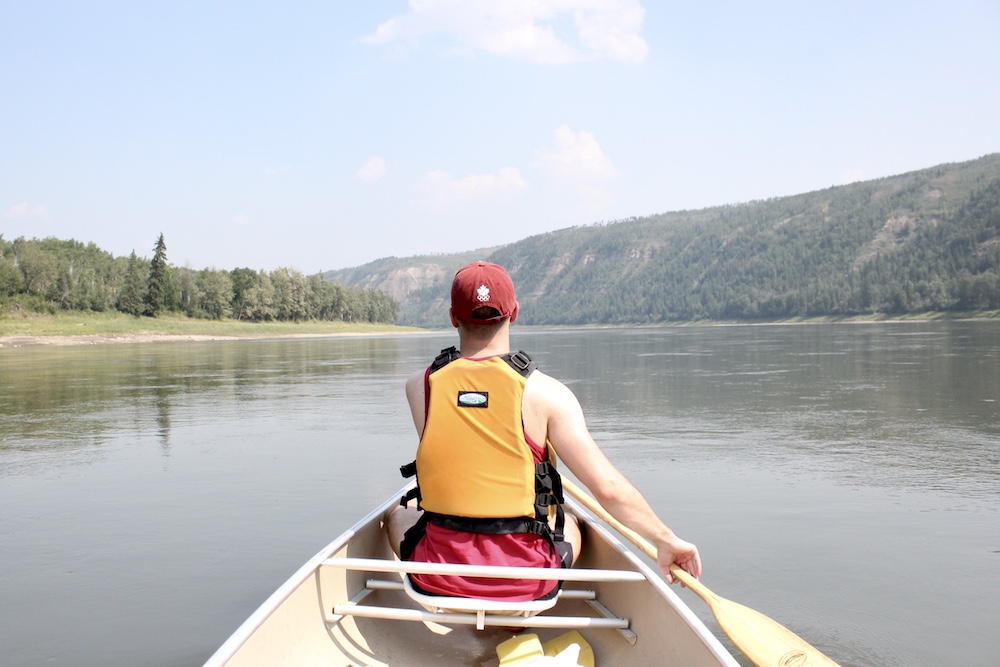
How does one describe the injustice of knowing that everything they can see, hear, touch, and smell will soon be drowned by an artificial lake? The writer Andri Snær Magnason offers the word angurværd—or “tender-sadness”—to describe the melancholic nostalgia he experienced when a pristine valley in the Icelandic highlands was flooded by the Kárahnjúkar hydroelectric dam. Similarly, in her book Saudade: The Possibilities of Place, author Anik See employs the Portuguese word saudade (for which there is no English equivalent) to describe her sensation of longing for a place that is gone and can never be revisited. These words carry a profound sense of loss, but do not adequately capture the complex feelings I had as I paddled down the river, nor do they reflect the anger and frustration expressed to me by the individuals who call this landscape home. Perhaps, as my former graduate student D’Arcy Hutton suggests, the most appropriate word to describe the actions taking place along the Saaghii Naachii/Peace River is topocide, or the deliberate destruction of the unique qualities of a place, akin to an act of war.
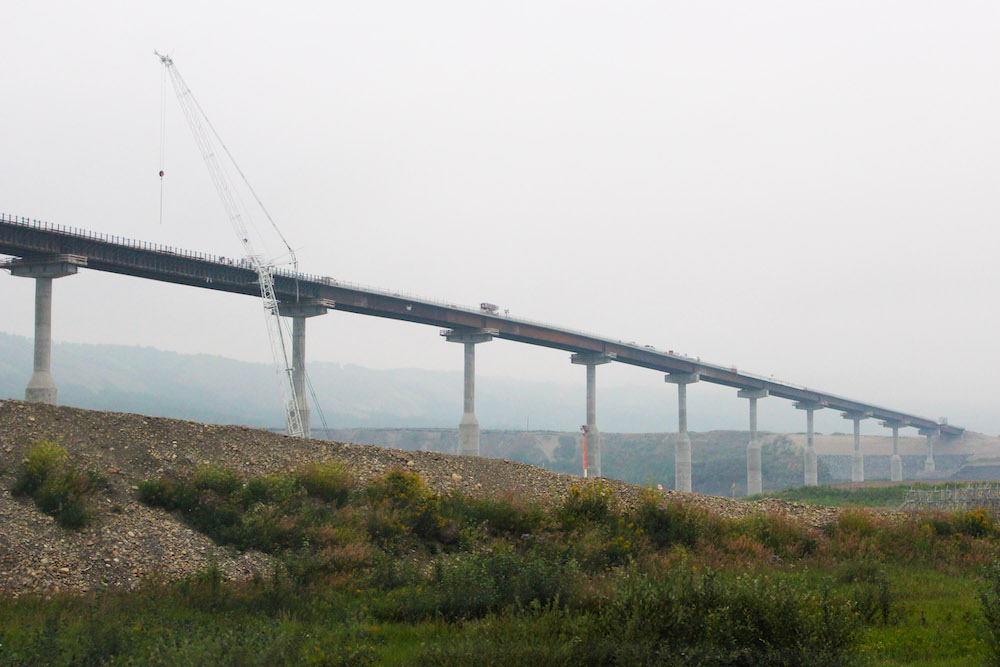
My relationship to this place is fundamentally one of an outsider. However, over the course of my research, I have encountered dozens of individuals (some human, some nonhuman) whose families have lived in the Saaghii Naachii/Peace River valley for generations, and who have experienced firsthand the cumulative effects of industrial activities on their homeland. Evidence of these effects are ubiquitous in both subtle and dramatic ways. Upstream from the Site C Dam construction site, massive land-clearing works and highway upgrades are rewriting the land in anticipation of the future reservoir. Pipelines traversing the river valley indicate the omnipresence of intensive oil and gas extraction. Strange lines along the riverbank reveal traces of fluctuating water levels caused by the regulated outflow from the W.A.C. Bennett Dam, scouring the shoreline of vegetation. (The amount of water in the river is no longer determined by seasonal precipitation or melting snowpack as it once was, but rather by provincial demand for electricity: higher demand equals more water).
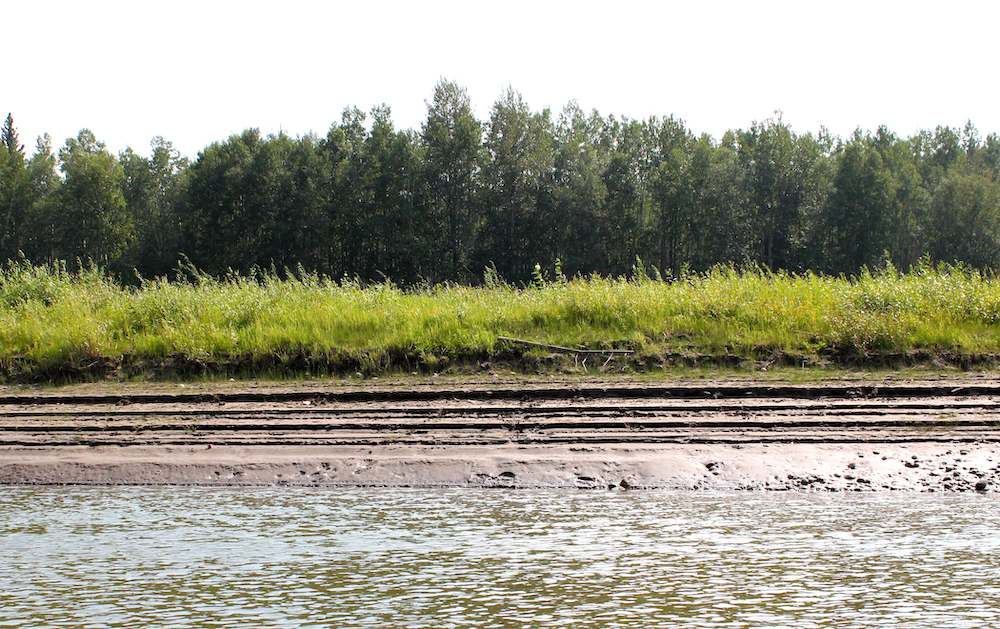
In large and small ways, the cumulative impacts of industrial activities have dramatically transformed the landscapes of the Saaghii Naachii/Peace River region and, in doing so, have made it impossible for many individuals to return to the homes they once knew. What responsibilities do landscape architects bear in this process? Infrastructure such as the W.A.C. Bennett Dam and Site C, like other renewable energy projects, are often justified and legitimized through progressive agendas of sustainable development that permeate contemporary design discourse. Yet narrow definitions of sustainability—to the exclusion of broader social and environmental justice considerations—can result in dangerous ideological pitfalls and, in this case, the destruction of human and nonhuman homelands. As landscape architects, we must ask ourselves: who will live in the places we design? Or, conversely, when designing a landscape, whose homes might we (inadvertently) destroy?
Note: My project is supported by the Landscape Architecture Canada Foundation (LACF) Northern Research Bursary and the Social Science and Humanities Research Council of Canada (SSHRC).
BIO/ Douglas Robb, is a PhD Candidate and Vanier Doctoral Scholar in the Department of Geography at the University of British Columbia. He currently teaches in the landscape architecture program at UBC’s School of Architecture + Landscape Architecture and at the University of Toronto’s Daniels Faculty of Architecture, Landscape, and Design.
